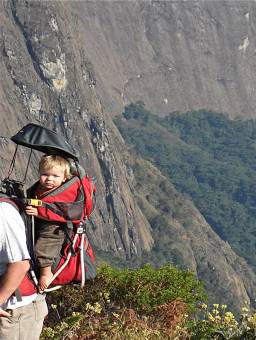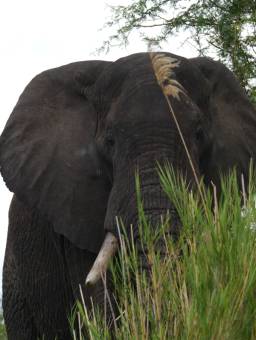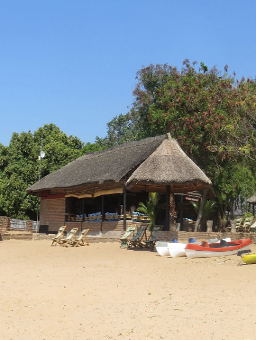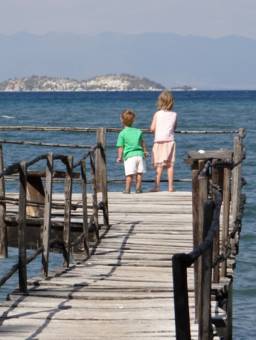Blantyre (Malawi) is named after Blantyre (Scotland), the birthplace of Dr. David Livingstone.
The best place to go for a walk near the centre of Blantyre is the historic Blantyre Mission. It was here where Scottish missionaries founded the original Blantyre Mission. In the late 1950s Blantyre Mission handed over administrative authority to the local Malawian church (CCAP Blantyre Synod) that grew from the mission. The grounds of the Blantyre Synod HQ are still called Blantyre Mission although the area is typically (and incorrectly) referred to locally as HHI.
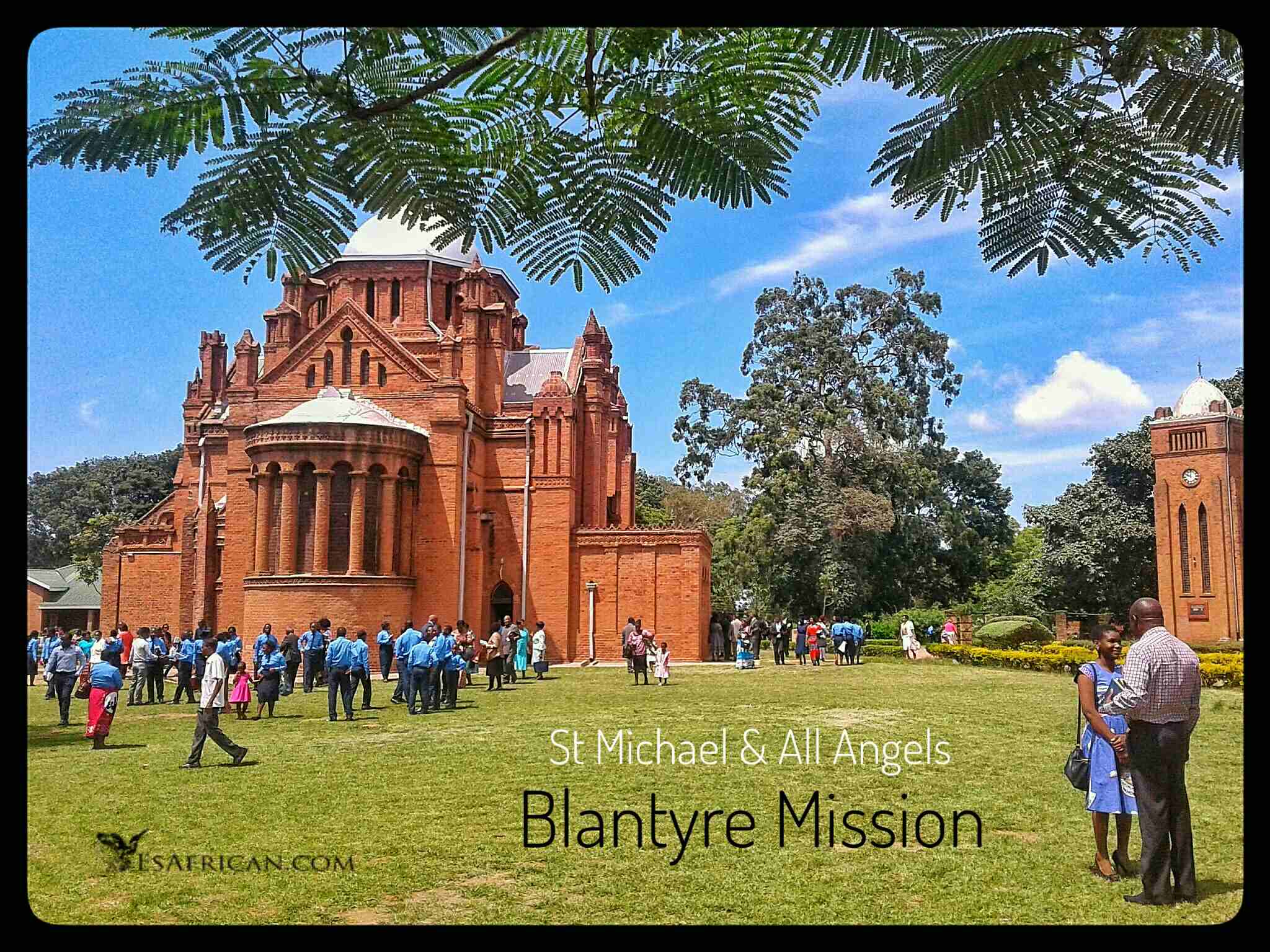 St Michael All Angels Blantyre Mission
St Michael All Angels Blantyre Mission
HHI is the Henry Henderson Institue (a primary and secondary school) next to St Michael's church on the mission grounds. Henry Henderson was the Scottish missionary who together with Tom Bokwito (Henderson's guide) found the location for the mission. Tom Bokwito was a slave freed by Dr David Livingstone himself (and Bishop MacKenzie) who later studied at the Lovedale College in South Africa and then later accompanied the Livingstonia Mission to Cape Maclear. Bokwito was therefore a link person between all of Dr David Livingstone, the Scottish Missions (Blantyre and Livingstonia) and the Anglicans (Bishop MacKenzie).
Today many Malawians in senior positions in all walks of life are former pupils at HHI. In the first days of the HHI school the Scottish missionaries did not insist on any adherance to any specific religious beliefs nor was conversion required as this could have resulted in insincere commitments. The school did however forbid pupils to bring their slaves to school.
Blantyre Mission played an important indirect (and sometimes direct) role in all of the following: the arrival of the first British settlers, the defeat of the slave trade, the spread of Christianity, education, health, the rise of national consciousness and independence for Malawi. It would be a mistake however to think that it was Scottish missionaries who did the most work to convert local Malawians. The Christian message was spread much more by local Malawian converts. Scottish missionaries were however blamed by some of their fellow Britons for playing the key role in providing 'too much' education which contributed to a growing confidence in the pursuit of independence from the United Kingdom. Key figures within the colonial administration thought that 'primary education is enough' while the mission insisted on primary, secondary and tertiary education.
The best way to understand all of this complex and fascinating history is to get hold of a copy of 'Blantyre Mission and the Making of Modern Malawi'.
The building of St Michael and All Angels church is fascinating. The head of the Scottish Mission, David Clement Scott, kept the building secret from his bosses in Edinburgh as he knew that if they found out what he was doing, they would have ordered him to stop. Only when complete did he announce the fait accompli to the astonished Mission Committee who did indeed confirm that they would have blocked the building if they had known. DC Scott worked with local people to build St Michael's. He himself had no architectural background at all, had never laid a brick in his life and did not write down any of his architectural drawings. He simply oversaw the building from what was in his mind. At the same time as doing this he was also translating the bible and the mission was struggling for funds. His vision however was for a place where Africans and Europeans would worship together. He refused to build any other church buildings on the grounds that the church buildings elsewhere should come from what is in the hearts of the local people, not from European outsiders (like himself). Furthermore his vision extended to wanting local people to work out their own African Christian Civilisation and not to have a European Christian Civilisation tramspanted and imposed from outside. He saw the mission role as to involve translating the bible, teaching the fundamentals of Christianity together with education and health and then allowing the local church and people to determine what shape African Christianity would take. His vision was strongly supported by (early) Scottish Missionaries but irritated other British residents including the first administrators and planters. Finally after about two years St Michael's was complete in 1891 and the news was allowed to reach an astonished (but impressed) audience in Scotland.
These days Blantyre Mission is a good location for a short walk within the city and stretches from the Mwaiwathu Hospital and the HHI football pitch to the historic graveyard and on to just beyond Phoenix School at the top of the mission. The first hospital in Blantyre was located in the building at and near Phoenix International Primary School. The Mission Hospital moved to Mulanje when the Queen Elizabeth (QE) hospital replaced it as the main hospital in Blantyre. The QE is named after the Queen Mother (not her daughter, the current Queen Elizabeth).
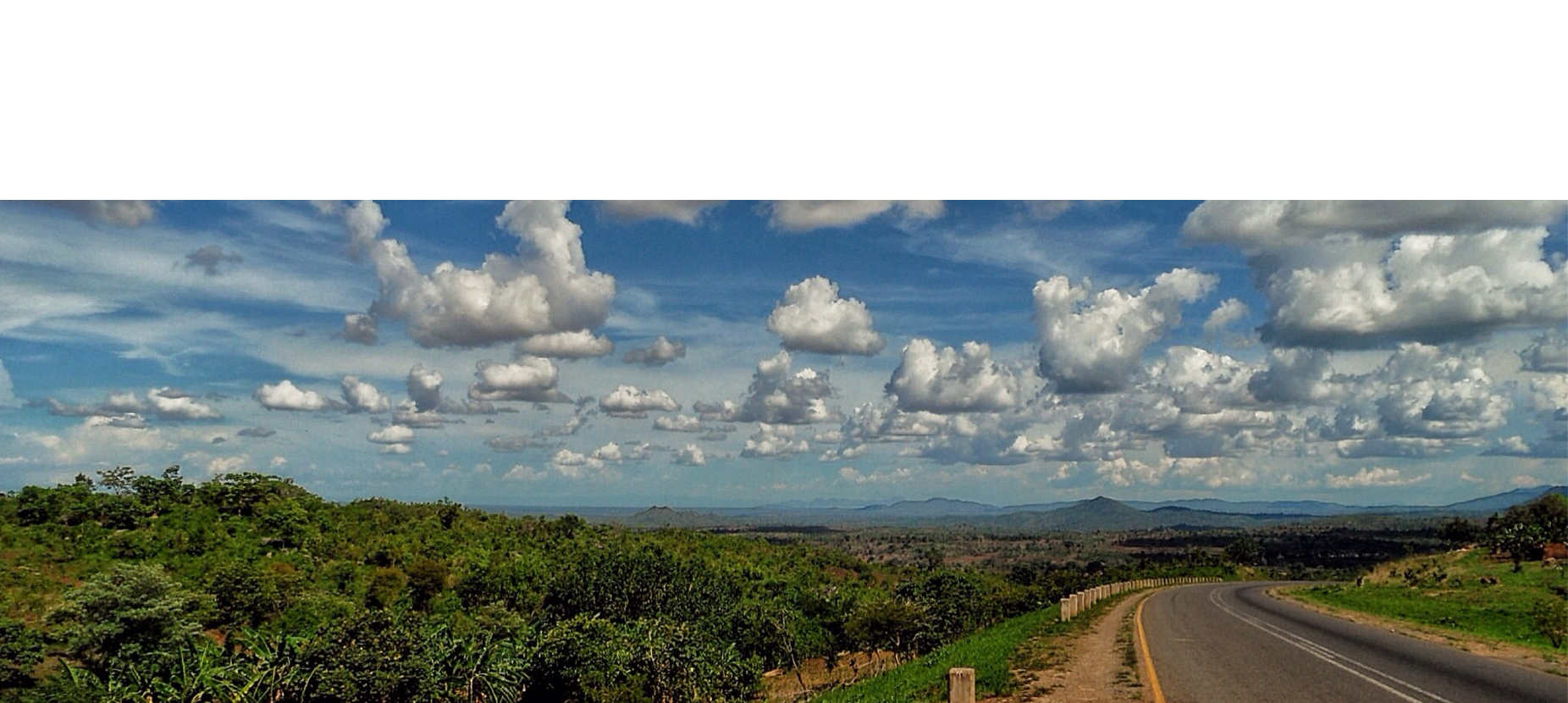
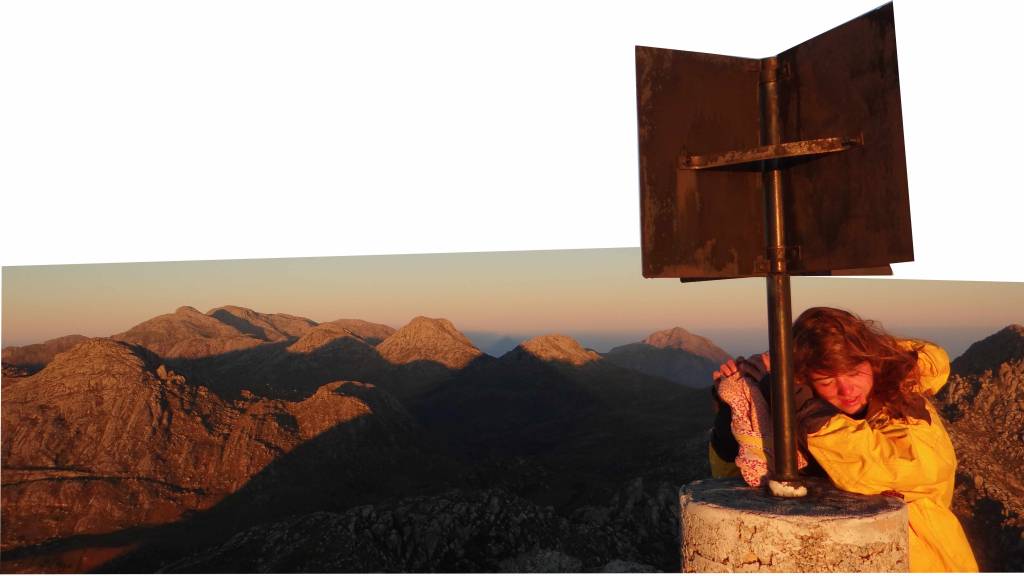
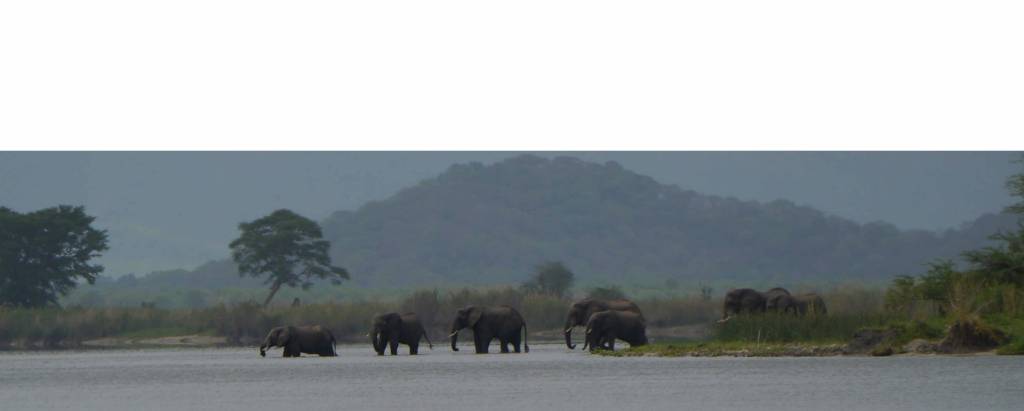
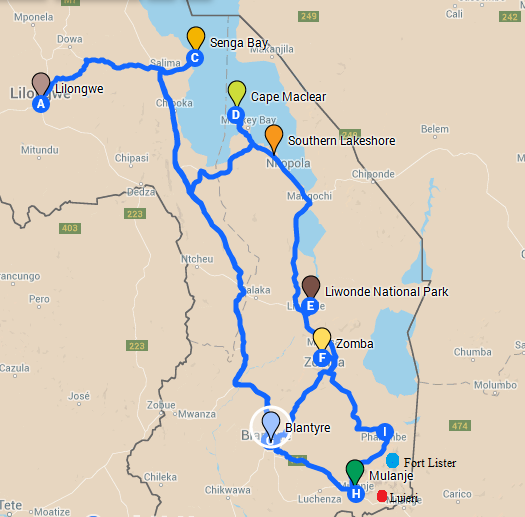 O-Sense
O-Sense